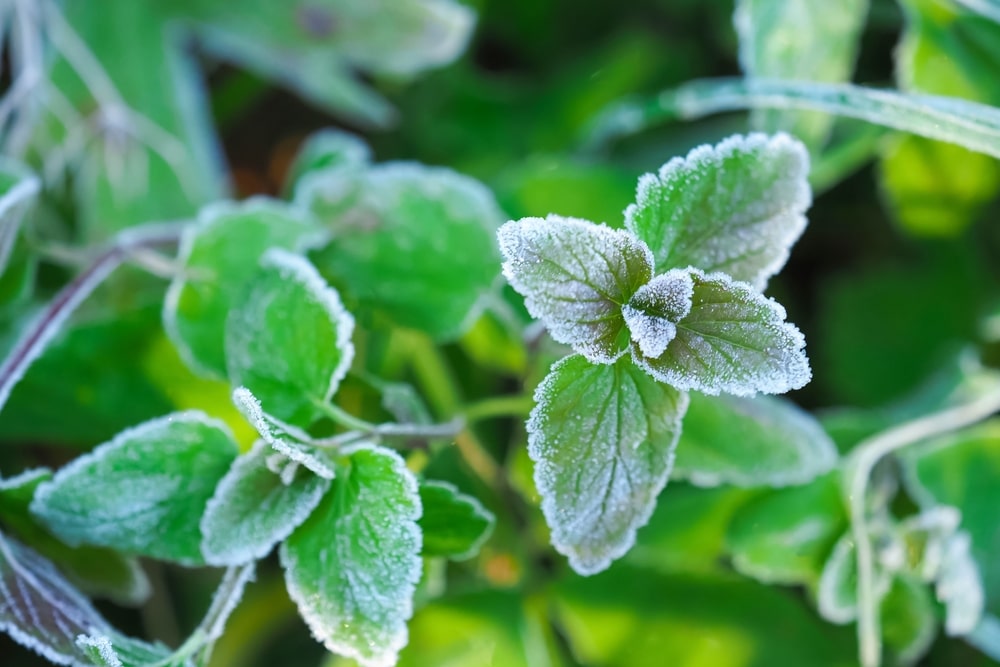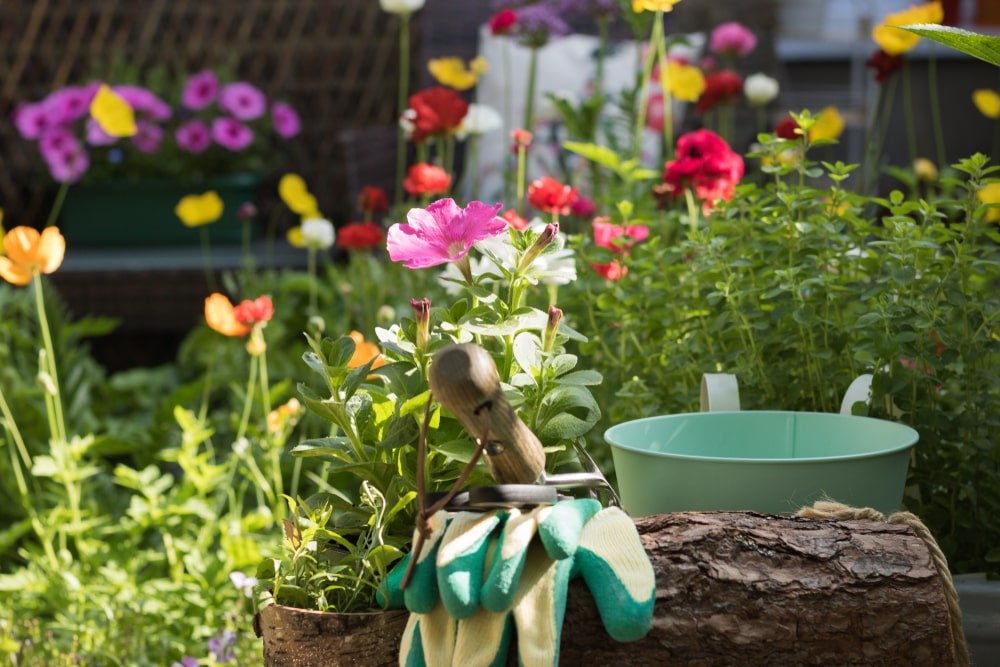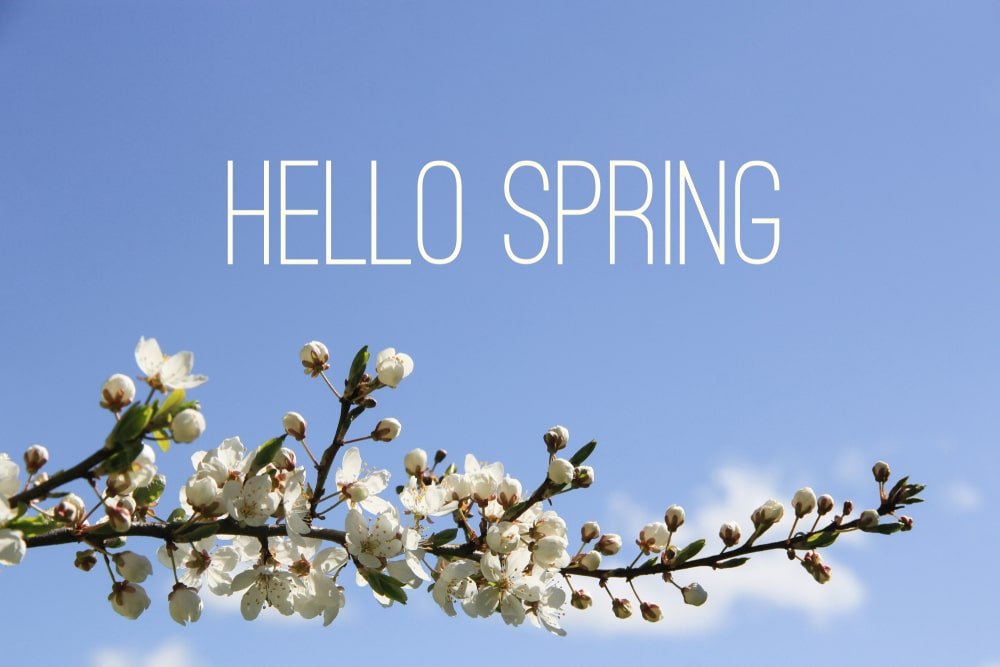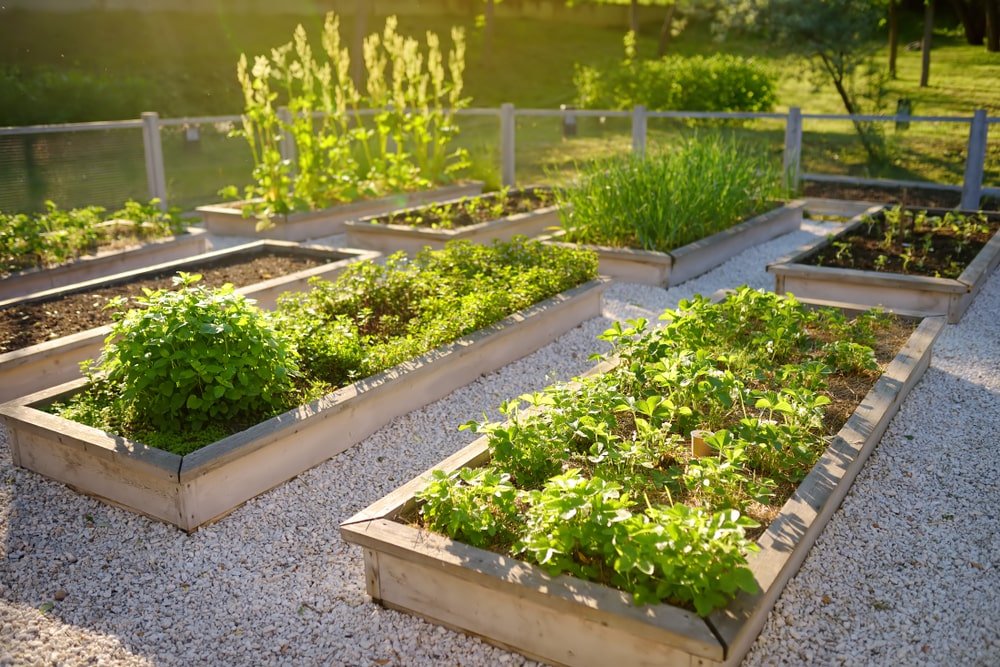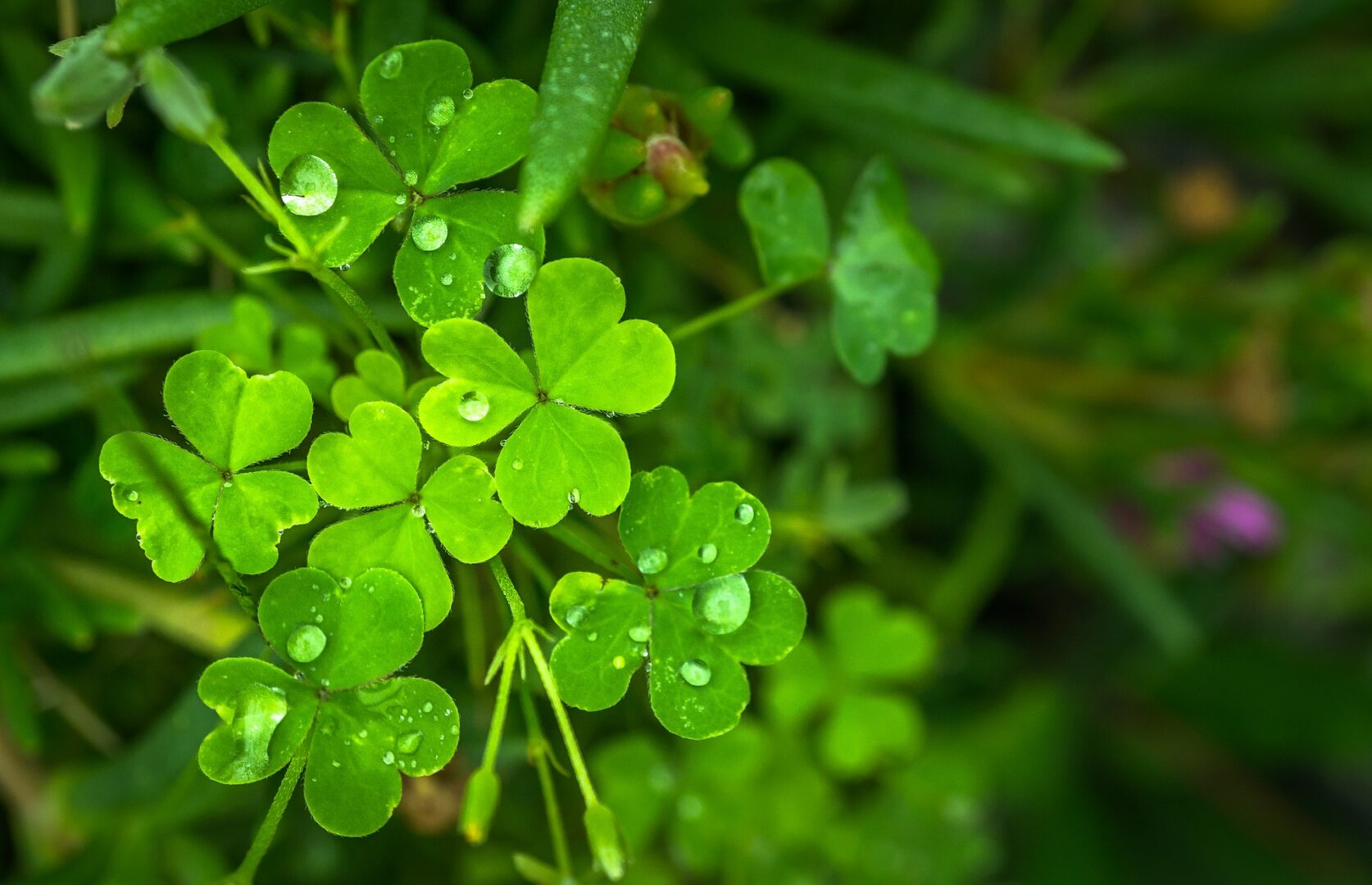Celebrating Earth Day
PROTECTING OUR ENVIRONMENT This year, we’re celebrating Earth Day on Tuesday, April 22nd. It is the one day that we highlight the need to be kind to our environment. Earth Day is all about connecting with nature, protecting our environment, and supporting all our friends who we share Earth with every day. Our friends are … Read more




